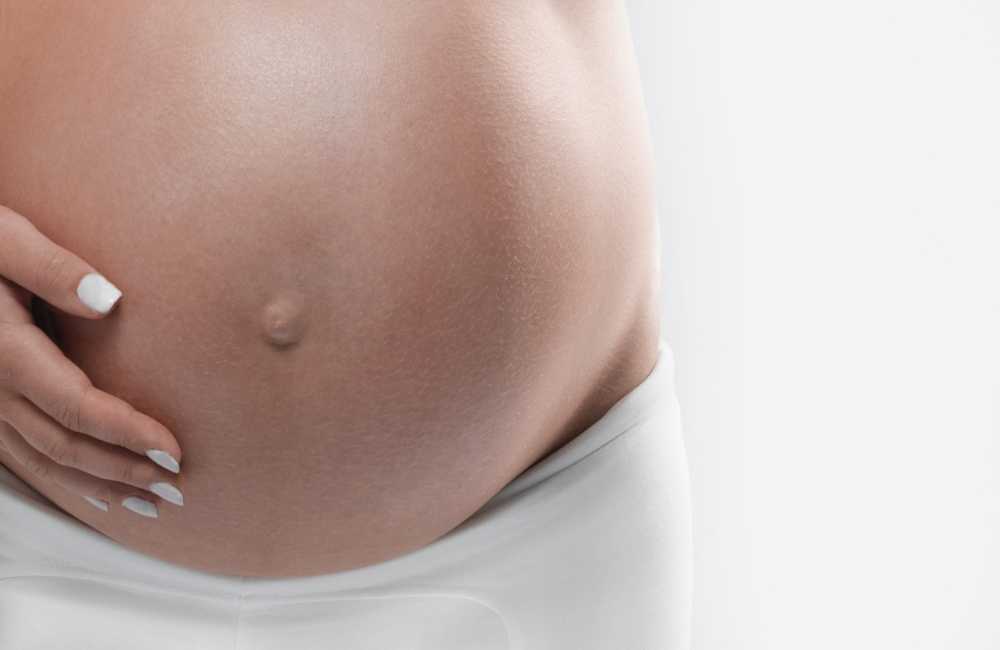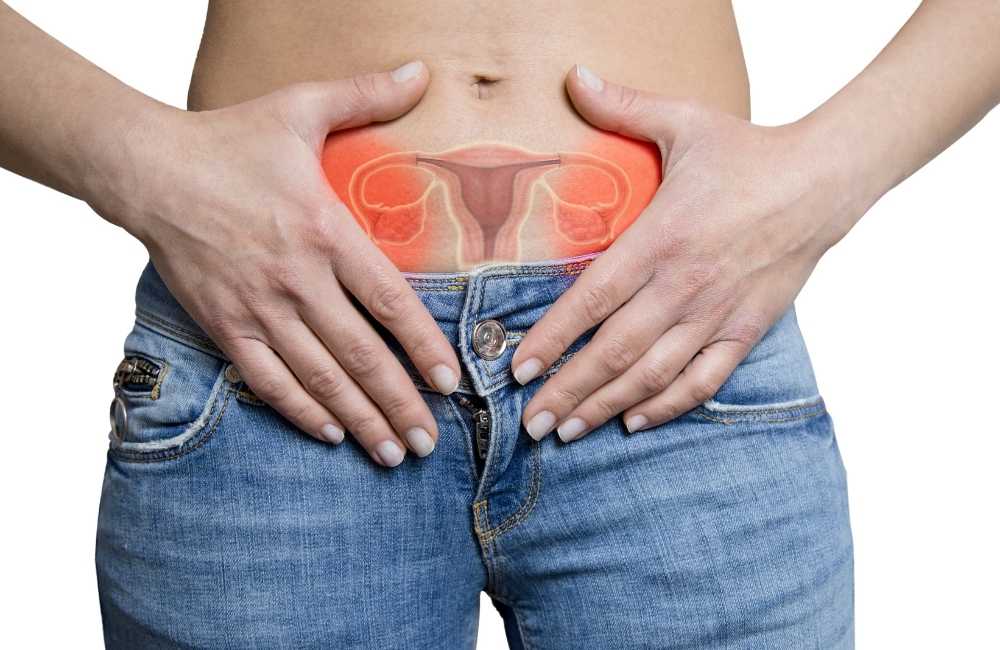Polycystic ovarian syndrome and polycystic ovarian disease are two similar diseases that are related to the ovaries and the functioning of their hormones. They are often used interchangeably even among medical practitioners but both conditions are different.
Before we look at the differences, it’s very important to know that all women have 2 ovaries and their functions are to produce eggs (ova) and female hormones (estrogen and progesterone) but in addition, they also produce some little quantities of the male hormone called testosterone.
Please note that there is a condition called polycystic ovaries (PCO). This is a variant of normal ovaries. It is different from PCOD and PCOS.
What is Polycystic Ovarian Disease (PCOD)?
Polycystic ovarian disease (PCOD) is a complex hormonal, metabolic and reproductive disorder. Here there is a large collection of mature eggs in the ovaries that cannot be discharged. Over time, these become cysts (fluid-filled sacs) and some of the cysts lead to more cysts.
In PCOD periods are normal although, sometimes delayed. It gets detected when a woman of childbearing age isn’t able to conceive.
What is Polycystic Ovarian Syndrome (PCOS)?
This condition is also called stein-Leventhal Syndrome, named after stein and Leventhal following 3 decades of research on the polycystic ovarian syndrome. Here, there is an imbalance of the reproductive hormones. The cause of this is not clear.
Polycystic ovary syndrome does not have a clear pattern of inheritance, although affected individuals may have a close family member with the condition.
This condition is characterized by the following:
- Persistent anovulation(no ovulation)
- Fibrotic and cystic ovaries
- Excessive production of androgens (male hormones)
- Increased conversion of androgen to estrogen
- Inappropriate secretion of gonadotropins
This disorder is one in young women who present with few periods (Oligomenorrhoea), infertility, hirsutism (excessive hair growth) and sometimes obesity. The principal biochemical abnormalities that can be identified in most women are thus.
- Excessive production of androgens.
- High levels of LH (luteinizing Hormone).
- Low levels of FSH(Follicular stimulating hormone).
- Increased insulin resistance (Insulin resistance is when the body’s cells do not respond normally to insulin. As a result of this, the insulin blood levels become higher than normal.
This can develop anytime after puberty and women of all races are at risk, although the risk may be higher in obesity and if one’s mother, sister or aunt has PCOS.

How does Polycystic Ovarian Disease (PCOD) differ from Polycystic Ovarian Syndrome (PCOS)?
| PCOD | PCOS | |
| Nature of the condition | A serious metabolic condition. | Not considered to be truly a disease since with the right diet and exercise, it can be managed. |
| Occurrence | PCOD is more common in comparison. | PCOs are less common. |
| Impact on Pregnancy | Polycystic Ovarian Disease does not lead to infertility in all women and shouldn’t be considered an obstacle towards pregnancy. | For women with PCOS, conception can be a challenge due to hormonal irregularities. |
| The best treatment | Timely diagnosis | Timely diagnosis |
| complications | No serious complications | Complications like Type 2 DM, Hypertension, heart diseases and endometrial cancers have been reported |
Symptoms of Polycystic Ovarian Syndrome
- Irregular periods. Periods may be missed, few or may not come at all.
- Excessive hair growth.
- Acne.
- Thinning hair or alopecia or male pattern baldness.
- Weight gain or difficulty losing weight.
- Skin tags.
- Darkening of the skin, especially along the neck creases, groin or under the breast.
Diagnosis of Polycystic Ovarian Syndrome
There is no single test to diagnose PCOS or PCOD. However, the following will be done.
- Vital Signs
-
- Body mass index (BMI).
- Blood pressure.
- History and Physical Examination
-
- Family history.
- Menstrual history.
- Look out for excessive hair growth, acne, skin tag or skin colouration.
- Pelvic Examination
-
- Signs of excessive male hormone (like enlarged clitoris)
- Pelvic Ultrasound
-
- To examine the ovaries for cysts.
- Blood Work
-
- Hormone profile.
- Lipid profile.
- Blood glucose levels.
- Thyroid function tests.
Link Between Polycystic Ovarian Syndrome and Other Health Problems
Studies have shown that PCOS patients are prone to having other health conditions viz
- Diabetes. It is estimated that more than 50% of women with PCOS will become diabetic or prediabetic before age 40.
- High Blood pressure.
- High levels of bad cholesterol (LDH).
- Sleep apnea.
- Depression and anxiety.
- Endometrial cancer.
Polycystic Ovarian Syndrome and Pregnancy

The polycystic ovarian syndrome can cause problems during pregnancy for the mother and the baby. Women with PCOS have higher rates of:
- Miscarriage.
- Gestational Diabetes (a condition characterized by an elevated level of glucose in the blood during pregnancy, typically resolves after birth).
- Pre-eclampsia (a condition in pregnancy characterized by high blood pressure, sometimes with fluid retention and protein in urine).
- High rate of Cesarean sections.
- Big babies.
Treatment for Polycystic Ovarian Syndrome
There is no cure for PCOS but treatment/management is based on what the woman wants viz:
- Symptoms alleviation.
- Plans of having children.
- Risk of long-term health problems managed e.g. (Diabetes, Heart disease etc.).
And can be medical, non-medical and surgery
Non-Medical Treatment for PCOS
- Losing weight. A healthy diet and more physical activity can help lose weight and reduce symptoms
- Removing excessive hairs. Cosmetic treatments, such as electrolysis and laser hair removal, may help with a better feeling and appearance.
- Slowing hair growth.
- In vitro fertilization (IVF). IVF may be an option if the medicine does not work.
Medical Treatment for PCOS
- Oral contraceptive pills patch or shot
For women who don’t want to get pregnant, hormonal birth control can:
-
- Make the menstrual cycle more regular.
- Lower the risk of endometrial cancer.
- Help improve acne and reduce extra hair on the face and body (Ask your doctor about birth control with both estrogen and progesterone.)
- Intra-Uterine Contraceptive Device (IUCD)
Helps to regulate the period.
- Anti Androgen Drugs
These medicines block the effect of androgens and can help reduce scalp hair loss, facial and body hair growth, and acne.
- Metformin Treatment
Metformin is often used to treat type 2diabetes and may help some women with PCOS symptoms. It improves insulin’s ability to lower blood sugar and can lower both insulin and androgen levels. After a few months of use, Metformin may help restart ovulation, but it usually has little effect on acne and extra hair on the face or body. Recent research shows that it may have other positive effects, including lowering body mass and improving cholesterol levels.
Surgery as a Treatment
Surgery is also an option, usually only if the other options do not work.
Conclusion
PCOS is a very common hormone problem for women of childbearing age and women with PCOS may be at higher risk for type 2 diabetes, high blood pressure, heart problems, and endometrial cancer.
While PCOD is not considered to be truly a disease since with the right diet and exercise, it can be managed. If you have missed or have irregular periods, excess hair growth, acne, and weight gain, call your doctor for an evaluation.

